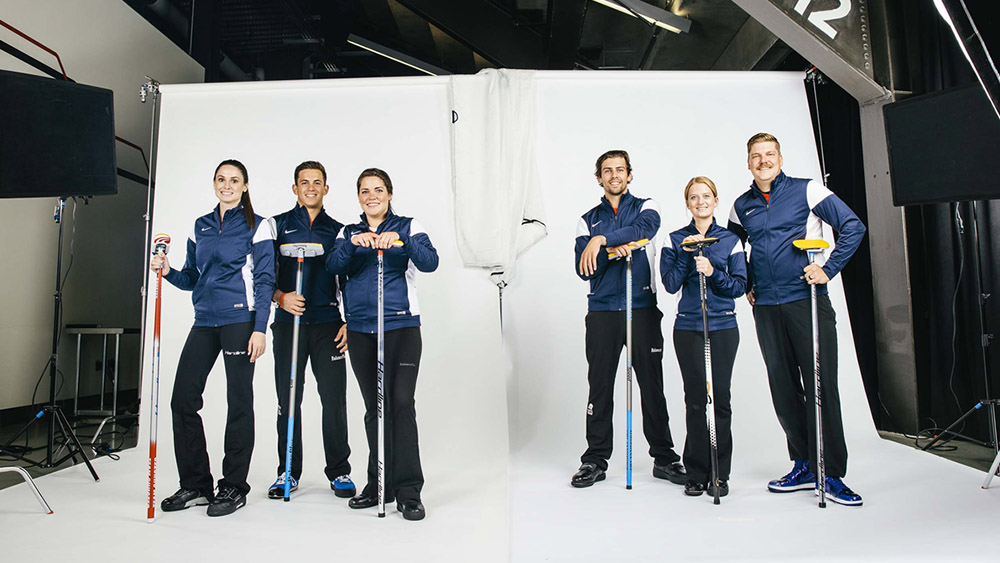Employment Diversity Still Lags
The Institute of Practitioners in Advertising (IPA) has released its annual survey on diversity in the advertising business, revealing only marginal progress toward a more diverse workforce.
Despite a general gender balance across all agencies and roles (50.5 percent female and 49.5 percent male), diversity among C-suite positions is the same as it was a year ago. Just 30.9 percent of executive roles are filled by women, compared to 30.3 percent in 2016.
Ethnic diversity in the C-suite is lagging even more, actually dropping from its levels last year. In 2016, 5.2 percent of executive positions were held by ethnic minorities, but in 2017, that figure was 4.7 percent.
“While the rise in diversity doesn’t appear extreme enough or fast enough, and we have yet to achieve parity at all levels, there is an inevitable time lag from implementing change to seeing results, and we mustn’t lose heart,” writes Sarah Golding, IPA president and CEO, for Campaign.
The advertising industry isn’t alone in its diversity woes: game developers are currently facing stagnation in the area as well. According to the International Game Developers Association’s 2017 Developer Satisfaction Survey, just 42 percent of respondents thought the industry has increased diversity in the past two years, down from 47 percent in 2016. Seventy-four percent of the survey respondents identified as male, 81 percent as heterosexual and 61 percent as white.
Tech, Games Industries Expect 2018 Growth
This year is set to bring healthy growth to the consumer tech sector, according to the Consumer Technology Association’s (CTA) semi-annual forecast. According to the CTA’s research, emerging technologies and resilient categories will drive $351 billion in retail revenue this year, up 3.9 percent from 2017.
“Our forecast incorporates several key economic factors including a strong stock market, continued job growth and stable rules for international trade to forecast these record-setting sales for breakthrough technologies and longtime market leaders alike,” said Gary Shapiro, president and CEO of CTA.
Connected devices are expected to experience the largest share of growth, increasing 6.6 percent from last year, pushed largely by the meteoric growth of smart speakers.
The new year is expected to be a healthy one for the UK games industry as well, per TIGA’s Business Opinion Survey. Of the game studios surveyed, 68 percent plan to hire additional workers and just 2 percent plan to shrink their staff. Opinions on company performance are likewise optimistic, with 62 percent reporting that their business is performing either “very well” or “well.”
Super Bowl Advertising Worth The Hype
A new study conducted jointly between Stanford and Humboldt Universities on Super Bowl ads has revealed that advertisers can expect to reap benefits long after the event ends, with increased sales persisting well into the year.
“For some type of ads, there is a large social media multiplier by provoking interest and subsequent conversations on social media and mass media, that could be independent of Super Bowl viewership,” Daniel Klapper, one of the study’s authors, said in a release. “That is good news for advertisers as it suggests that our estimates are only a lower bound of the benefits of Super Bowl advertising.”
This boost is especially noticeable for sole advertisers in a product category, with AB InBev, the exclusive alcohol advertising rights holder, enjoying a 4.7 percent increase in revenue as late as March Madness.
Spending Habits Of Smart Speaker Adopters
A new study by Consumer Intelligence Research has garnered some insight into the purchase habits of Amazon Echo users, revealing significantly higher spending than non-owners. Echo owners spend $700 more per year than the average Amazon customer and $400 more per year than Amazon Prime members.
Fashion Influencers Drive Millennial Women To Buy
According to research by Dealspotr, millennial women are more affected by lifestyle influencers than their own family when making fashion purchase decisions. Forty-one percent claimed that influencers and bloggers were their primary inspiration for fashion ideas, compared to 37 percent for friends and family. However, this figure may change in the near future: 52 percent of millennial women claim to trust fashion influencers less than they used to.
Unsurprisingly, Instagram is far and away the most popular medium, with 59 percent saying they enjoy viewing fashion content on the platform. Additionally, physical retail proves the most popular destination for completing purchases, with 65 percent claiming they most often buy clothes in store rather than online.

